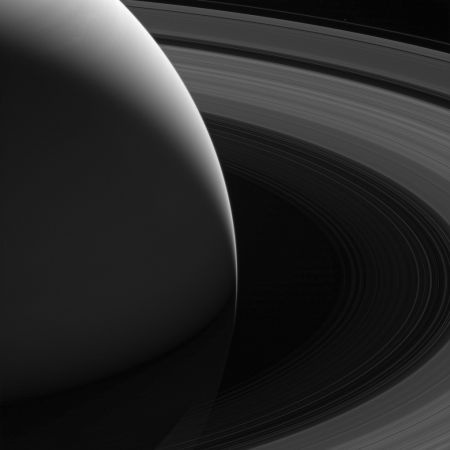Lockheed Martin earnings down due to its commercial space divisions
Capitalism in space: Lockheed Martin’s third quarter earnings were down by one percent, partly due to reduced earnings in its commercial space divisions.
While other factors contributed to the drop in earnings, this quote highlights an important detail about the competition in the launch industry:
Reduced profits from Centennial-based rocketmaker United Launch Alliance caused some of LMSS’ decline, the company said. ULA is a joint venture of Lockheed Martin and Boeing Co. LMSS’ share of ULA’s launch-business profits dropped by $20 million to $45 million in the third quarter, the company said.
ULA’s profits dropped by one-third, which suggests that they are continuing to lose business to SpaceX because of its lower launch prices.
Capitalism in space: Lockheed Martin’s third quarter earnings were down by one percent, partly due to reduced earnings in its commercial space divisions.
While other factors contributed to the drop in earnings, this quote highlights an important detail about the competition in the launch industry:
Reduced profits from Centennial-based rocketmaker United Launch Alliance caused some of LMSS’ decline, the company said. ULA is a joint venture of Lockheed Martin and Boeing Co. LMSS’ share of ULA’s launch-business profits dropped by $20 million to $45 million in the third quarter, the company said.
ULA’s profits dropped by one-third, which suggests that they are continuing to lose business to SpaceX because of its lower launch prices.

